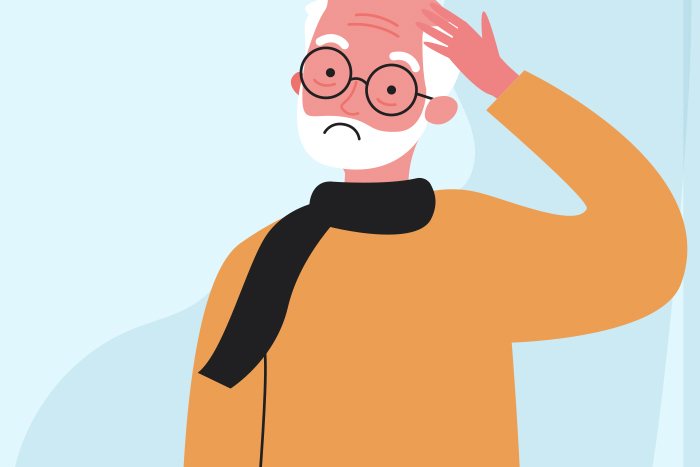How to Protect Your Lungs When You Have COPD
Chronic obstructive pulmonary disease, or COPD, is a long-term lung condition that makes it harder to breathe by blocking airflow in and out of your lungs. If you have COPD, you may have noticed that your symptoms get worse when it's cold outside. You're not alone. Cold air can be tough on the lungs, especially for people with COPD. The good news? There are simple ways to protect your lungs and keep breathing easier this winter.
Why Cold Air Can Trigger Breathing Problems
When you breathe in cold air, it can make your airways tighten and become irritated. This makes it harder to breathe, especially if you already have COPD. Cold, dry air can also dry out the mucus in your lungs, making it thicker and harder to clear out. This can lead to more coughing, wheezing, and even flare-ups.
If you go outside in the winter and start to feel short of breath, it may be the cold air affecting your lungs. Even short trips outdoors—like walking to the mailbox—can be a problem if you’re not prepared.
Easy Ways to Stay Warm and Protect Your Lungs
Here are some easy tips to protect your lungs when the temperatures drop:
Wear a Scarf or Mask: Cover your nose and mouth with a scarf or cold-weather face mask when going outside. This helps warm the air before it gets to your lungs.
Dress in Layers: Keep your chest warm to protect your lungs. A heavy coat, hat, gloves, and warm socks can help you stay comfortable and reduce stress on your body.
Breathe Through Your Nose: Your nose warms and moistens air better than your mouth. Try to breathe in through your nose and out through your mouth.
Avoid Going Out During Extreme Cold: When it’s below freezing or very windy, stay indoors if you can. If you have to go out, keep it short and bundle up.
Using Humidifiers and Air Filters at Home
Cold air isn’t just a problem outside. It can also affect you inside your home. When heaters run in the winter, they often dry out the air, which can irritate your lungs.
Here’s how to make your indoor air more comfortable:
Use a Humidifier: Adding moisture to the air can help prevent your lungs and airways from drying out. Aim to keep the humidity in your home between 30% and 50%. If you use a portable humidifier, prevent mold and mildew by changing the water daily and rinsing it with vinegar about once a week.
Use Air Filters: Make sure your heating system has a clean filter. You can also use a portable air purifier to help remove dust and allergens that may trigger symptoms.
Keep Your Home Smoke-Free: Smoke from fireplaces or wood-burning stoves can irritate your lungs. If you use one, make sure it’s well-ventilated, or avoid using it altogether.
When to Call the Doctor for Winter Flare-Ups
Even with the best precautions, winter can still bring COPD flare-ups. It’s important to know when to call your doctor.
Call your doctor if you:
Have more trouble breathing than usual
Notice more coughing or wheezing
Have a fever or feel sick, like you might have a cold or flu
Cough up more mucus, or if it changes color
Flare-ups can lead to serious problems if not treated early. Always have a plan with your doctor for what to do if your symptoms get worse.
Breathing Easier This Winter
Winter doesn’t have to mean more breathing problems. With a few smart steps—like covering your mouth in the cold, using a humidifier, and staying warm—you can protect your lungs and feel more comfortable all season long.
If you’re ever unsure whether your symptoms are normal or something more serious, don’t wait—reach out to your doctor. The more you know and the more prepared you are, the easier it is to breathe easy, even in the cold.
Sources:
Mayo Clinic: Is the extreme cold bad for your lungs?
PubMed: Colder temperature is associated with COPD morbidity
Healthline: COPD Triggers and How to Avoid Them

